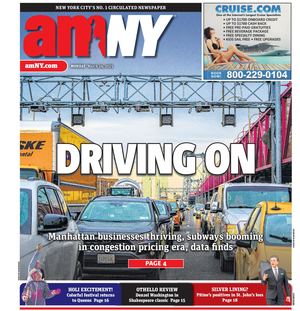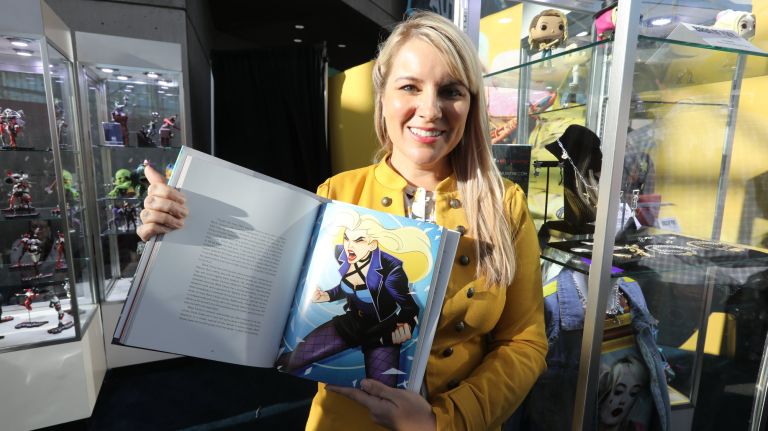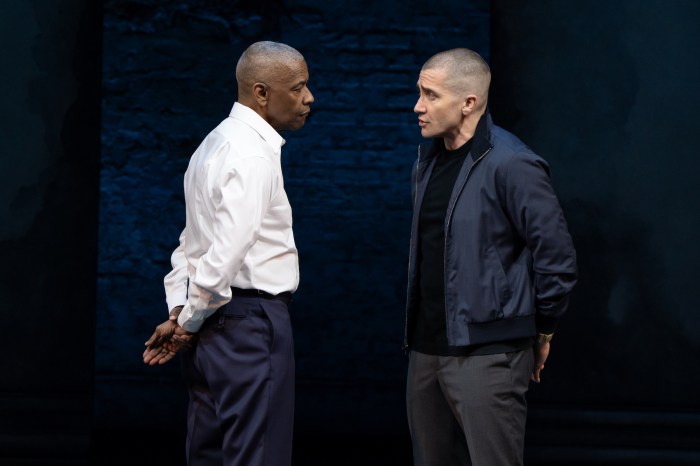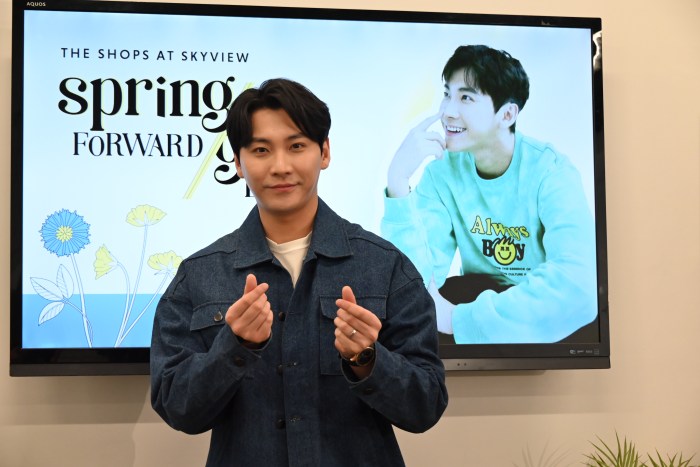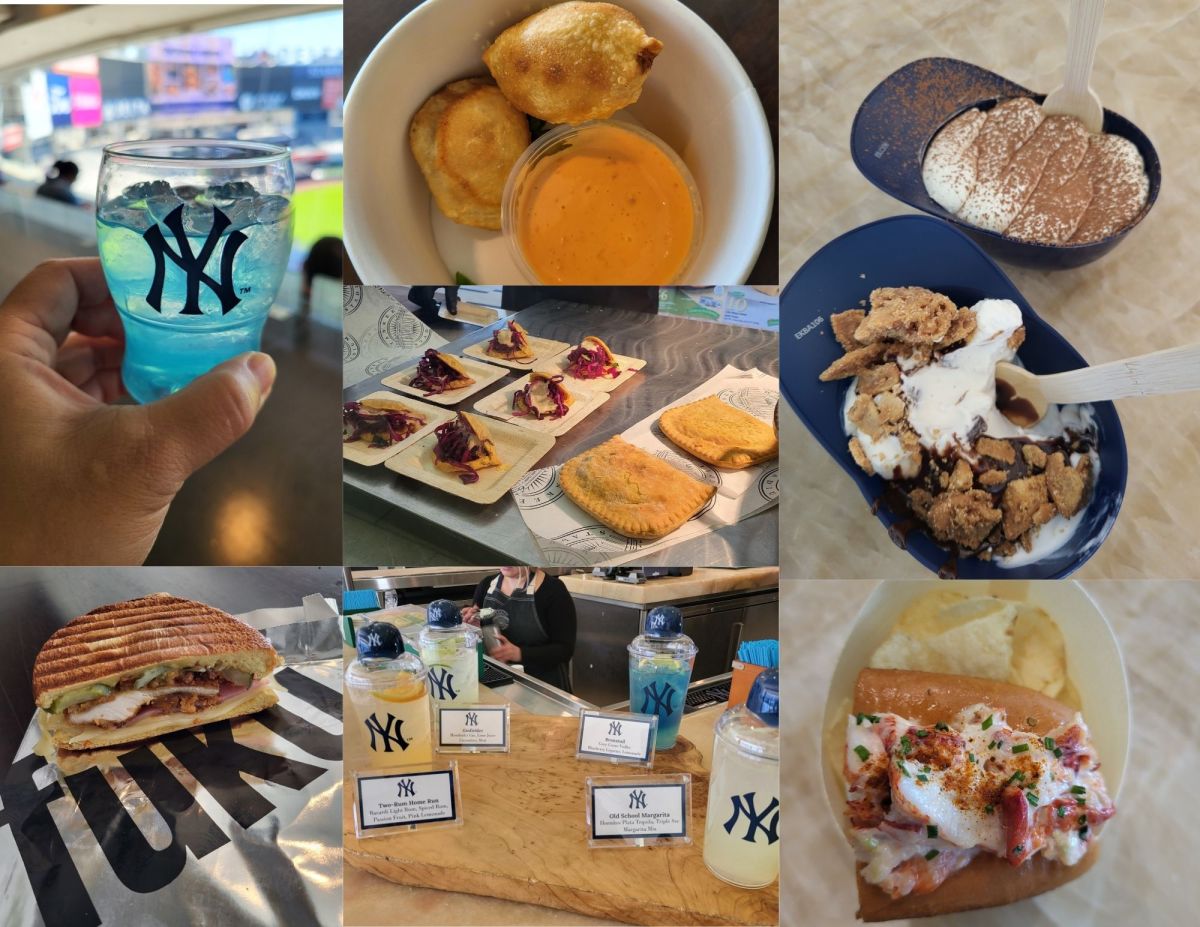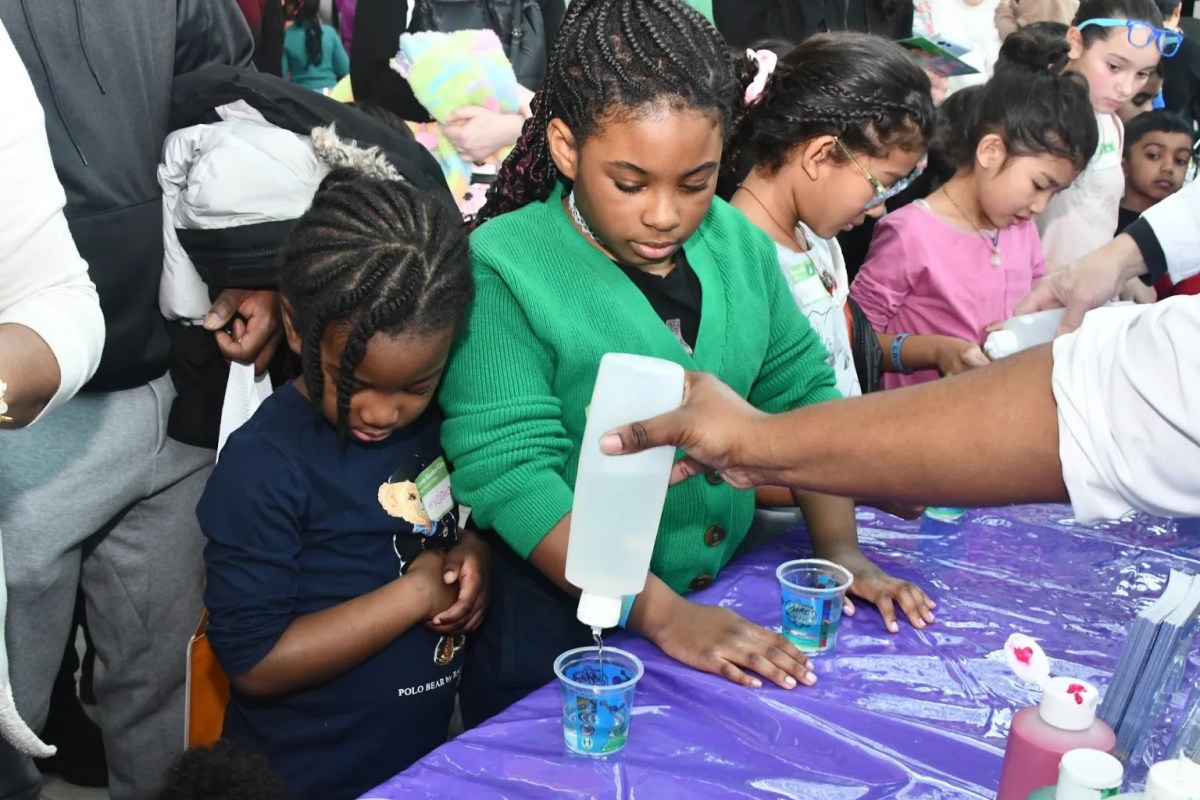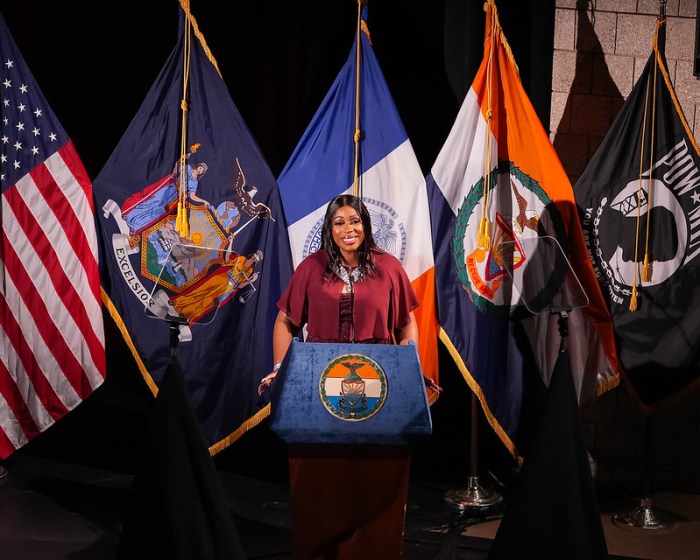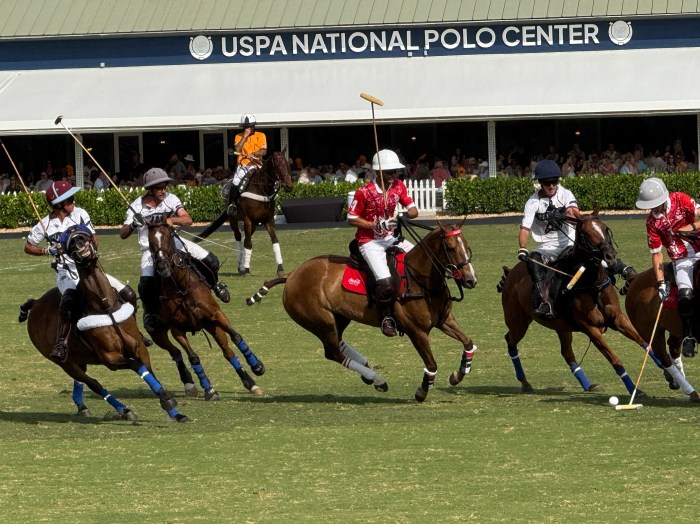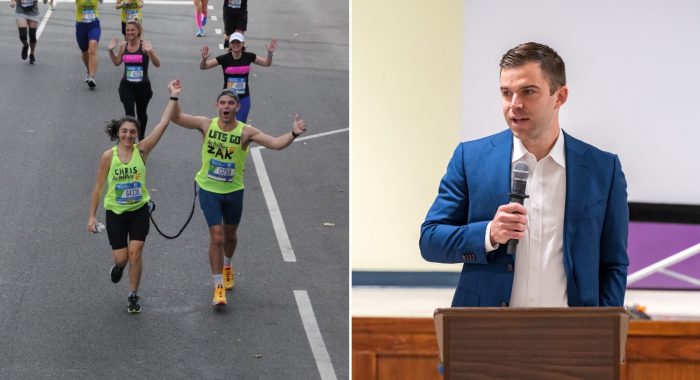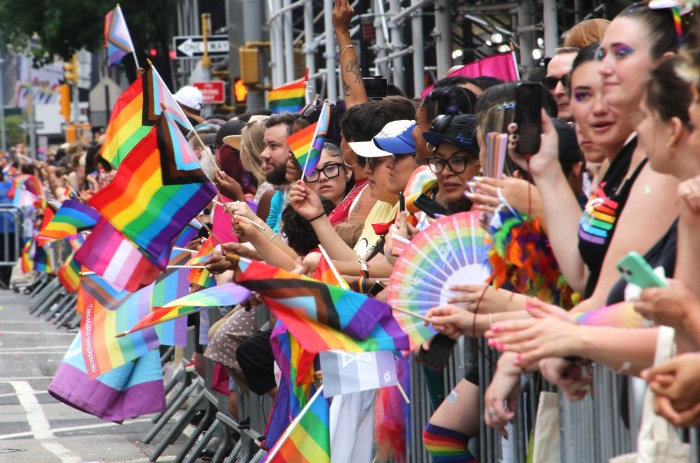
Ignore the women of the DC Universe at your own peril.
Wonder Woman, Harley Quinn and Batwoman have taken over the film, television and comic book worlds, blasting away the notion that the superhero (and supervillain) genre is a man’s world.
Author Shea Fontana has delved into the back stories of these fascinating females and the real-life women who bring them to life in the new illustrated book “DC Women of Action.”
Fontana spoke with amNewYork about the book after an appearance at New York Comic Con last weekend.
Do you have a favorite character in the book?
My favorite when I was a kid was always Batgirl because she used her brain as her superpower. I had that idea that maybe I could do that too. That seemed very achievable, whereas I definitely couldn’t fly and I don’t think I was born on another planet. I’ve also come to really appreciate Lois Lane, especially as a writer myself. She just really kicks butt. She does her job, she’s scrappy and she’s going to find what she needs to find out.
When you speak with fans, which characters are they most interested in?
Wonder Woman is just huge and inspirational. For many women who love comics now, she was sort of the gateway, so we have some really beautiful art of Wonder Woman in the book. Another big one, of course, is Harley Quinn. People really gravitate toward her. She totally speaks her mind. She’s completely kooky and often in her own world. She’s entirely confident in what she’s doing. Over the past few years, she’s really gotten to grow beyond her kind of Joker-obsessed roots to being her own character and really embodying this big, quirky personality.
How do you feel about the growing interest in female characters and fans in this genre that has been so dominated by men?
We’ve made so much progress, but there’s a way to go. It’s immensely changed in the last few decades of how women are portrayed in comics and just the acceptance of women in the fan community. Still, it would be great to have a time when you could just make a book of characters in the DC Universe and have it automatically be split 50/50 because the female characters are just as popular.
What’s different about this book?
What’s really fun is that we get into a lot of the history and evolution of some of the characters. So instead of just straight profiles that you might find in the DC encyclopedia, we really get into some of the background. And then we also talked to a lot of the women who have worked on the different DC titles about their favorite characters and what has inspired them about these characters. So you get a really personal take from the women who have contributed to the DC legacy as well as just a whole overview of the characters and their history throughout comics.
